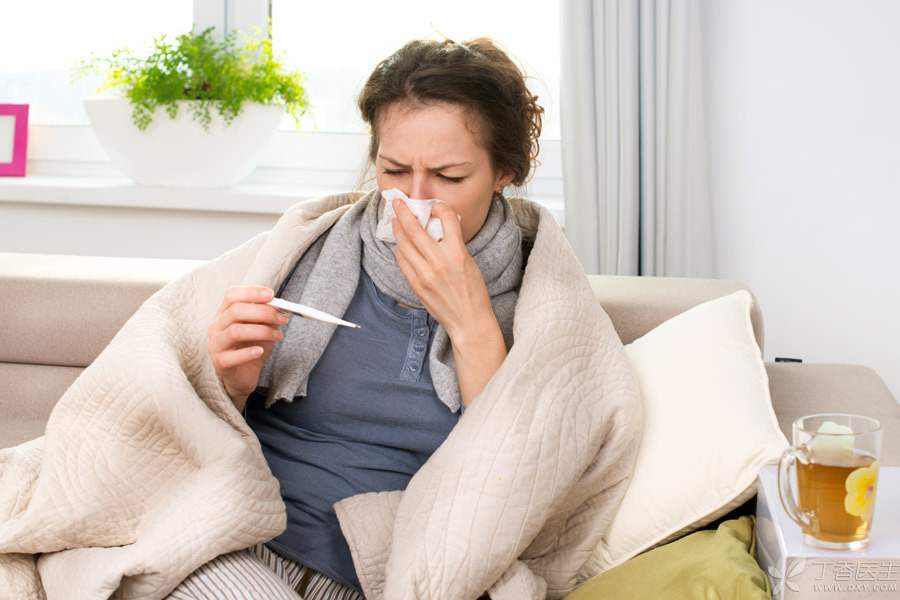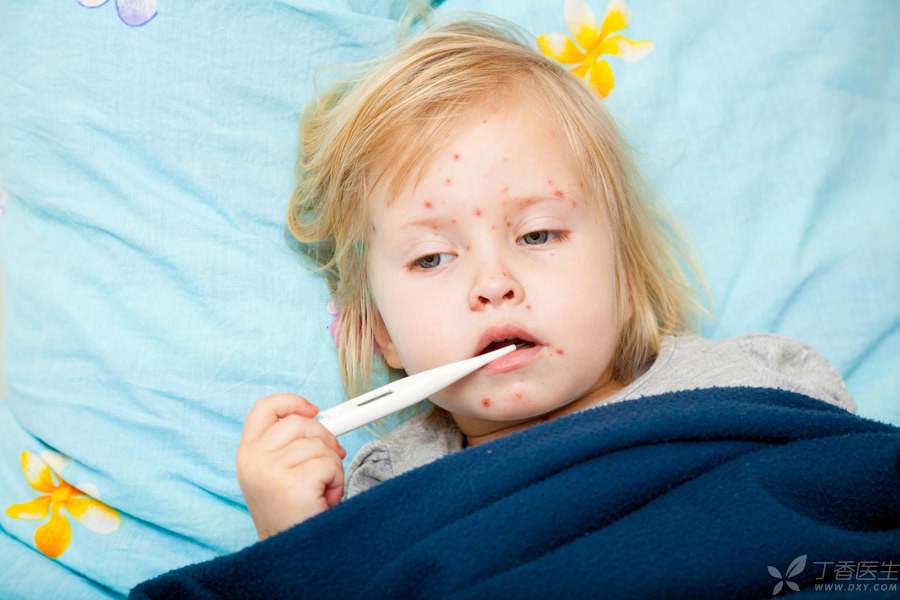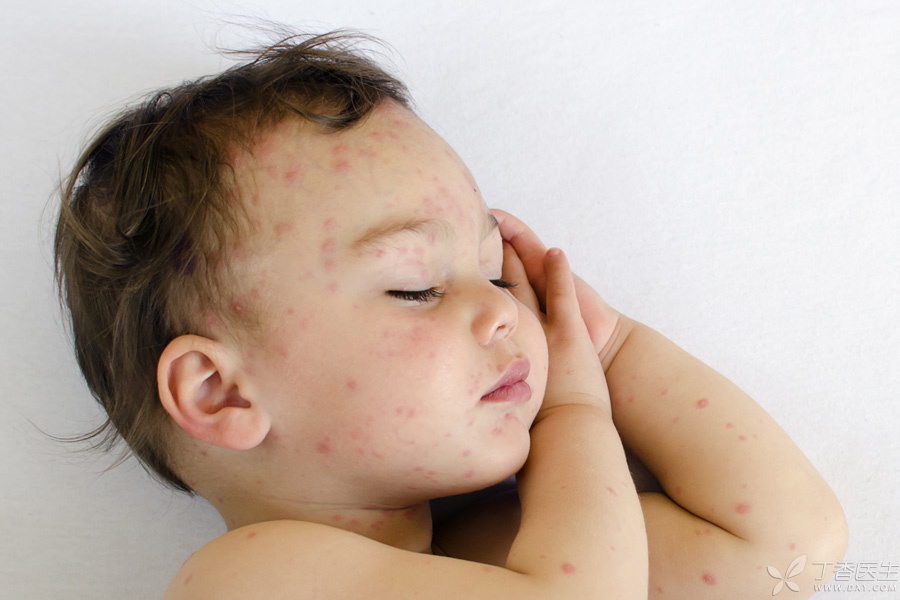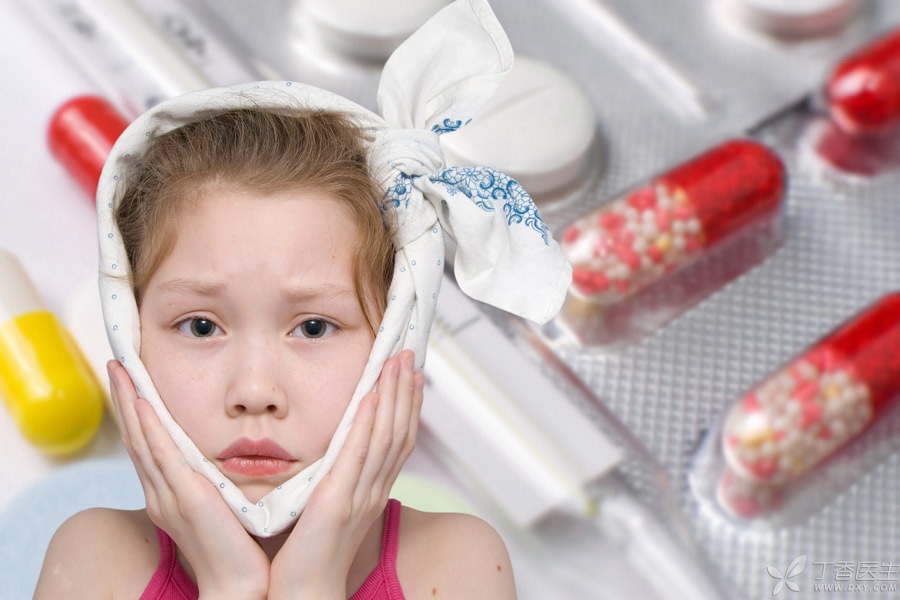
It’s time for the weather to change and the temperature to ride a roller coaster. Walking on the road, you can always find the black silk skirt on the left and the down protection on the right. In this season of disorderly dressing in 25 and August, various infectious diseases are also easy to find. If you don’t pay attention at ordinary times, you may be the next one to win.
In this late spring cold day, are you messy in the wind?
Let’s first look at some common infectious diseases in spring. Friendly reminder: there are dry goods at the end of this article ~

Ahem, ahem, cough constantly-influenza?
Influenza, commonly known as influenza, is caused by influenza virus and is one of the most common infectious diseases in spring. Influenza is mainly transmitted by airborne droplets, so it is highly infectious.
If you feel hot, sore throat, cough, runny nose and sore whole body, you may have contracted the flu.
After one flu, one can have immunity for a short period of time, but due to the rapid variation of influenza virus, repeated infection is easy to occur.

Spotted Dog Possession-Measles
Measles is an acute respiratory infectious disease caused by measles virus. Since 2012, the incidence rate of measles in our country has gradually increased. For people who have not been vaccinated against measles, the vast majority of people will suffer from measles virus after exposure, and children under 5 years old have the highest incidence rate.
If the children in the family have symptoms similar to colds at the beginning, and small rashes begin to appear from behind their ears on the 4th day, red and hard protruding on the skin surface, and the rash spreads to the whole body within 2-3 days, then it is possible that measles virus is finding fault.
What should we do if measles comes? Click: Measles Outbreak, Can You Be what?

It’s hard to say that I love your stars-chickenpox
Varicella is an acute respiratory infectious disease caused by varicella zoster virus. Children under 14 years old are most vulnerable to the disease and often break out or epidemic in kindergartens or primary schools.
If you are unlucky, the patient first has symptoms similar to a cold, then develops a small rash, then the small rash slowly expands, gradually develops into blisters, itchy scratching the heart and lungs. Very not easy chickenpox scabs, blisters subside, leaving a full face of starry pox marks, these must be impressive. Remember those years of chickenpox that made people crazy?
There are also some adult patients who suffered from chickenpox when they were young and relapse when they grew up. At this time, they are called herpes zoster. Unbearable pain is a typical symptom. The painful [waist-wrapping fire pill] is what?

Pregnant mothers should be careful-rubella
Rubella is an acute respiratory infectious disease caused by rubella virus. It should be noted that if pregnant women are infected with rubella virus during pregnancy, the virus can infect the fetus through the placenta, which may lead to fetal malformation. Besides rubella virus, what virus should pregnant women pay attention to?
If a family member has symptoms similar to colds at the beginning and gradually develops a red rash with lumps behind his ears and head, then he may be infected with rubella virus.

I am not fat, I have mumps.
Mumps, abbreviated as mumps, also known as mumps, is an acute respiratory infectious disease that occurs frequently with children.
At first, the patient has symptoms similar to colds, then one or both cheeks become red and swollen, painful, and even more painful when chewing. Mumps may also cause a series of complications.

Kindergarten’s Most Headache-Hand, Foot and Mouth Disease
Hand, foot and mouth disease is a respiratory infectious disease caused by various enteroviruses, which is common in infants and children.
If a child has a fever, and then a small red rash or herpes appears around his small palms and soles of his feet, and herpes and/or ulcers also appear in his mouth, accompanied by obvious pain, then the kindergarten teacher will be very nervous: Isn’t there a child suffering from hand-foot-mouth disease?
What should I do at this time? Don’t be afraid, Dr. Clove will help: hand-foot-mouth disease is coming again, and babies under 5 are the most dangerous.

Weak Willow Fufeng Lin Sister-Tuberculosis
Tuberculosis, commonly known as [consumption], is caused by Mycobacterium tuberculosis and is a systemic chronic infectious disease mainly transmitted through respiratory tract, of which tuberculosis is the most common.
Do you still remember Sister Lin, who was pitied by others in Grand View Garden? When you find that you often feel tired, have low fever in the afternoon, night sweat at night, loss of appetite, and gradually lose weight, don’t be in a hurry to be happy, you may have been found by Mycobacterium tuberculosis.
Are you afraid of these late spring cold diseases?
Don’t be afraid, Dr. Clove will help you find out what to do.
Do the following four things to keep these infectious diseases out of the door:
1. Vaccination. This is the most important way to prevent infectious diseases. It should be noted that for influenza viruses, the latest influenza vaccine is required every year. Pregnant women cannot be vaccinated with live attenuated rubella vaccine.
2. Open that window for ventilation, Keep indoor air fresh. Some viruses are fragile, We can inactivate the virus by opening windows for ventilation, scrubbing furniture, floors and windows with disinfectant, and drying household articles. In addition, washing hands with soap frequently is also a good disinfection method in the season of high incidence of infectious diseases. Only the correct hand washing method can effectively kill the virus. Ask yourself: Wash your hands every day, have you really washed them clean?
3. Reasonable work and rest, exercise, enhance immunity.
4. Avoid going to crowded places and contact patients. If you are a patient, you need to take isolation measures according to the doctor’s requirements to avoid spreading the disease to others.
